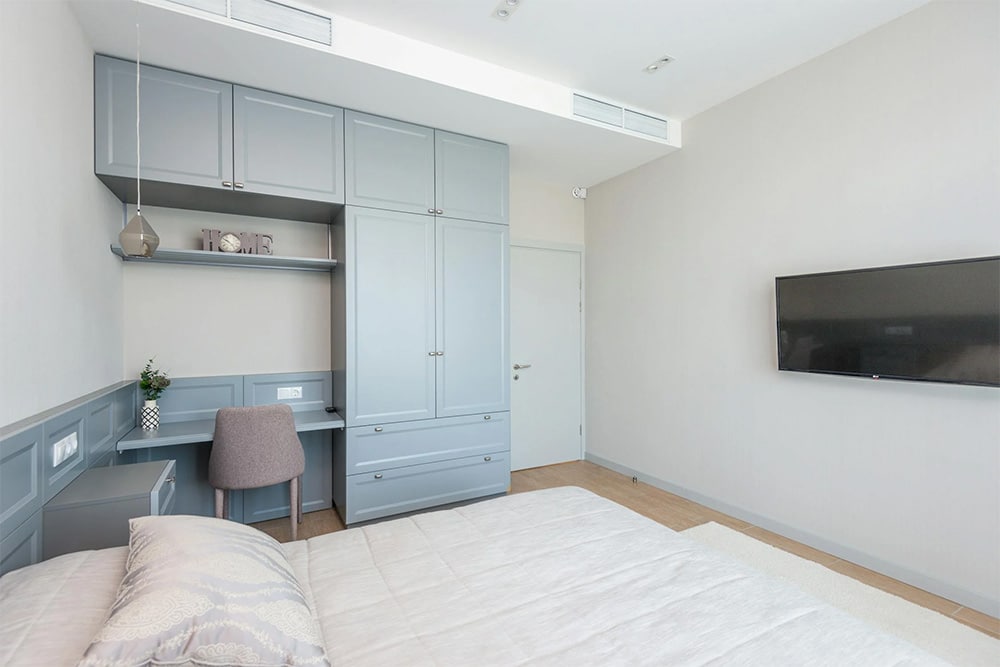The Hidden Dangers of Poorly Assembled Drawers: What Every Homeowner Should Know

When considering the assembly and installation of furniture in your home, the importance of well-constructed drawer rails cannot be overstated. These components are crucial for the stability and functionality of dressers, which, despite appearing innocuous, can pose significant risks if not properly designed and assembled. This article delves into the hidden dangers associated with poorly assembled drawers and offers essential insights for every homeowner.
Understanding Furniture Stability
Even a low-standing dresser can become a perilous object in your home, especially if it poses a tip-over risk, which is particularly threatening for children. The stability of a dresser is not mandated by a uniform standard in the U.S., leaving a gap in safety that consumers must navigate. The current voluntary safety standards in the industry do not encompass all types of dressers, especially shorter ones, leaving them prone to tipping even under slight pressure.
The Risk of Tip-Overs
The danger becomes pronounced when a dresser tips over, a scenario that can quickly turn fatal, especially for young children. The stability of a dresser can be compromised when drawers are opened, shifting the center of gravity forward and making it all too easy for the furniture to topple if additional weight is applied, such as a child climbing or pulling on the drawers.
Regulatory Gaps and Standards
There’s a concerning lack of mandatory stability standards for dressers, leading to a market flooded with furniture that hasn’t been adequately tested for tip-over risks. This regulatory gap means consumers must be extra vigilant about the furniture they bring into their homes, understanding that the appearance of stability doesn’t guarantee safety.
Proactive Measures for Safety
Given the unpredictability of furniture stability, especially in pieces like dressers, homeowners must take proactive steps to ensure their furniture is secure and safe. This involves understanding the potential risks and implementing strategies to mitigate them effectively.
The Importance of Anchoring Furniture
Anchoring furniture is a crucial step in preventing tip-overs, yet it’s often overlooked or unknown to many consumers. Furniture anchors can significantly enhance a piece’s safety, but they must be correctly installed and used with structurally sound furniture.
Selecting Safe Furniture
When purchasing new dressers or any furniture with drawers, it’s essential to consider the design and the piece’s inherent stability. Opting for furniture that comes with a reliable anchoring system is a step in the right direction, but understanding and utilizing these features is key to preventing accidents.
Advocacy and Awareness
Raising awareness about the dangers of furniture tip-overs is vital for preventing future accidents. Advocacy groups and consumer safety organizations continue to push for stronger regulatory standards, but awareness and proactive safety measures remain the cornerstone of preventing tragedies associated with furniture tip-overs.
The Role of Consumer Vigilance
Consumers play a crucial role in ensuring the safety of their homes by staying informed about the furniture they purchase and by taking the necessary steps to secure it properly. Awareness of the issue and knowledge of how to properly anchor furniture can make a significant difference in enhancing home safety.
The Bottom Line: Future Directions in Furniture Safety
The ongoing dialogue between consumer safety advocates, manufacturers, and regulators is critical to developing stricter standards for furniture stability. This collaborative effort is key to ensuring that future furniture designs incorporate safety features to prevent tip-overs and safeguard homes and families.
Moreover, educating oneself on the proper installation and use of furniture anchors can prevent the devastating consequences of a tip-over. It is an essential aspect that all should keep in regard. This includes understanding the appropriate methods for securing furniture to various types of walls and ensuring that the anchoring process is done correctly. Awareness campaigns and consumer education play a pivotal role in disseminating this crucial information, driving home the message that safety is an integral aspect of furniture selection and assembly.

